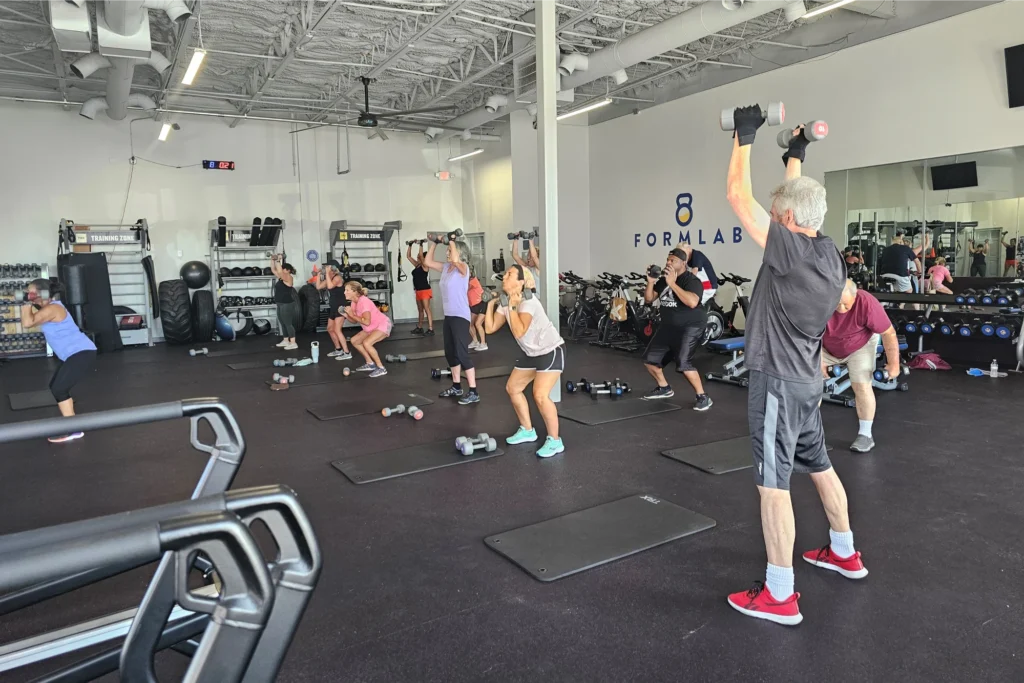Weight lifting belts are commonly used in strength training and bodybuilding to support the lower back during heavy lifts. They are designed to stabilize the spine and reduce the load on it, potentially helping to manage or prevent lower back pain. Here’s an overview of how weight-lifting belts might help with lower back pain and considerations for their use.
The function of weight-lifting belts
Weight lifting belts work by increasing intra-abdominal pressure, which acts as a brace to support the spine. This added support can help stabilize the lower back during exercises that place significant stress on it, such as squats or deadlifts.
Benefits for lower back pain
- Spinal stabilization: By increasing intra-abdominal pressure, weight-lifting belts can reduce the stress on the lumbar spine, potentially decreasing the risk of injury and pain.
- Improved lifting posture: Belts can also encourage proper lifting technique by promoting a straighter spine and preventing unwanted movements that might lead to injury.
- Enhanced confidence: The additional support may enable individuals with mild back discomfort to perform exercises more comfortably and with greater confidence.
Clinical evidence
Some research suggests that belts can effectively reduce spinal compression during lifting, which may help those with previous back injuries or chronic lower back pain..
Considerations
- Not a substitute for rehabilitation: Belts should not be used as a substitute for proper medical treatment or physical therapy for back pain. They are best used as a preventive measure or a complement to a well-rounded strength and rehabilitation program.
- Proper usage: It’s crucial to use weight-lifting belts correctly to avoid dependence and ensure they are helpful rather than harmful. Belts should be worn tightly enough to enhance intra-abdominal pressure but not so tight that they cause discomfort or impede breathing.
When to use a weight-lifting belt
- For heavy lifts: Consider using a belt if you are performing heavy lifts, especially if you have experienced lower back pain in the past.
- During recovery: If recovering from a back injury, consult with a healthcare professional to determine if using a belt is appropriate for your situation.
- With proper training: Ensure that you are also engaging in exercises that strengthen the core and lower back muscles. A strong core is essential for reducing and preventing back pain.
Alternatives to weight lifting belts
If you are concerned about lower back pain but prefer not to use a weight-lifting belt, consider these alternatives:
- Core strengthening exercises: Engage in regular core exercises to build strength in the abdominal and back muscles, which naturally helps support the spine. If you need more assistance with this, connect with our personal trainers in Brunswick.
- Proper lifting techniques: Focus on maintaining good form during all exercises, especially those involving the lower back. This is why it’s important to properly do lats exercises with dumbbells.
- Gradual progression: Avoid jumping too quickly into heavy weights; gradually increase the load as your strength and technique improve.
Final thoughts
Weight-lifting belts can help manage lower back pain by providing additional support and stability during high-load lifting sessions. However, they should be used judiciously and as part of a broader approach to back health that includes strengthening the core, practicing proper lifting techniques, and consulting with healthcare professionals as needed.







